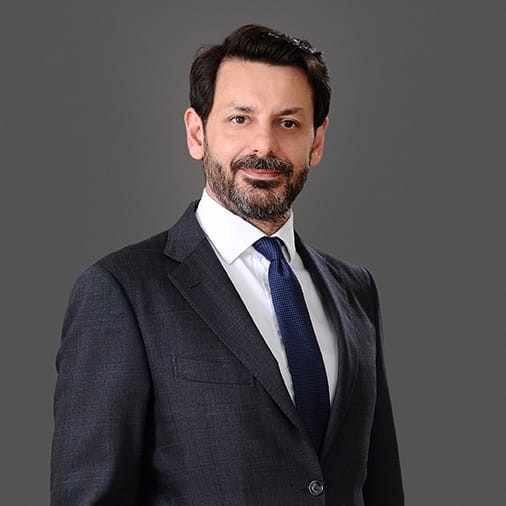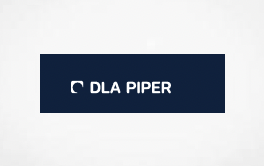The increasing use of AI systems in the music industry raises question marks about copyright protection.
In this article, we will analyze the opportunities and legal issues in terms of copyright law related to music generated by or with the help of AI systems, tools and techniques – namely, the ability of a machine to reproduce part of the creative capabilities of the human brain – that are increasingly used in the creation of music, videos and lyrics.
The rapid and unstoppable development of AI raises numerous questions in the field of intellectual property law. The processes of making and developing creative works is governed by copyright law and is closely linked to technological and commercial transformations. It is therefore not surprising that advances related to AI technologies and their use in the creative sector give rise to new development and business opportunities, but also to new legal issues, especially related to the identification of the author of the work and the attribution of related rights.
One of the reasons for this success is that AI systems offer the most diverse application possibilities, simplifying and speeding up time-consuming processes: from music composition to mastering, from song identification tools to the creation of highly personalized playlists. This new technology is changing the way music is created by artists and heard by audiences.
There are already numerous applications and platforms capable of creating music online. Some of these would even seem to be able to produce music of any genre from a simple textual description. Others, however, enable the creation of high fidelity (HiFi), ie highresolution (with sounds generated at 24KHz) songs and melodies. These algorithms are also capable of generating music with complex composition, having been trained with data from more than 280,000 hours of music, and are even able to rely on existing sounds, melodies and songs, regardless of how they are played, ie even if they are whistled, sung or played on an instrument, potentially being able to replace most soundtrack composers.
COPYRIGHT PROTECTION ON MUSICAL WORKS GENERATED BY AI
The main problem of AI systems capable of creating music lies in the fact that the data with which such systems were trained could contain copyrighted material, resulting in copyright infringement of such musical works. In any case, even when the music created by AI does not infringe other copyrighted materials and is itself new, there is a debate about the level of protection that can be afforded to these works.
From a legal point of view, it is necessary to understand whether national, European and international copyright law subordinates the legal protection of a work to the requirement of human input in its creation.
For example, in the Berne Convention for the Protection of Literary and Artistic Works of 1886, reference is made several times to the concept of “author,” although without ever providing for its human nature. Therefore, theoretically, it would seem possible to protect a work created by an artificial author. On the other hand, other international and European legislations focus on the subject matter of copyright protection, not including any reference to the creator of the work. Similarly, Article 1 of Law No. 633/1941 (the Italian Copyright Law) provides that “intellectual works of a creative character belonging to literature, music, figurative arts, architecture, theater and cinematography, whatever the mode or form of expression, are protected under this law.” Again, the provision lacks any reference to the possible requirement of human contribution for the purpose of protection.
Nonetheless, it’s important to remember that at the national level, as well as at the EU and international level, to enjoy ownership of a right it’s necessary to have legal capacity; hence it is complex to recognize a protection for works created by “machines” which, although capable of creating musical pieces independently, would for obvious reasons be incapable of exercising or claiming their rights, should they be granted. Moreover, in our legal system, Article 6 of the Copyright Law provides that the original title to the acquisition of copyright is constituted only by the creation of the work “as a particular expression of intellectual work,” and it is precisely the explicit reference to the concept of “intellectual work” that is emphasized by many to argue that the author must be a human person.
So, if music tracks are generated by AI software, a distinction must be made between music tracks obtained by AI with human assistance and tracks generated independently by AI. In the former case, the work implies a human creative effort, so the natural person – ie the author – who originated such compositions will be entitled to the legal protection granted by copyright law. More critical issues emerge, however, in the latter scenario because the rules on copyright provide that human intervention is necessary to give rise to a protectable creative work.
As for the content made by AI, to assess whether it qualifies as a “work” under EU law and, therefore, whether it is protectable by copyright, several studies and publications on the subject have identified – also in accordance with the case law of the Court of Justice of the EU – a test divided into four steps and criteria. In the field of music, a song made through AI should be (i) a “production in the literary, scientific or artistic field”; (ii) the product of human intellectual effort; (iii) the result of creative choices; and (iv) an output that expresses the choices provided for under point (iii).
RELATED RIGHTS
Another interesting topic when it comes to music tracks generated with the help of AI software is that of related rights. There are a number of rights that, alongside the category of copyright, grant legal protection to those who intervene in the work itself through their own entrepreneurial activity or creativity. In the field of music, related rights are granted, for example, to performers of songs, regardless of whether they are also authors of the musical work.
In light of the analysis elaborated above, then, original improvisation by performers using AI tools and techniques, as with traditional instruments, could be protected as a copyrighted work if it meets the requirements of originality and complies with the conditions of fixation required by national law. Similarly, phonogram producers could benefit from legal protection regardless of whether the underlying sound was created by a human being or generated by AI, there being no threshold for protection except that the object must qualify as a phonogram, namely it must be a fixation of sound. On the contrary, with respect to a performance, the mere act of activating the AI-enabled sound or word generation (eg pressing the “generate” button) without further action could not constitute performance in the sense intended by the international conventions, given that an artistic performance requires some active involvement on the part of the performer to grant related rights protection.
CASE-BY-CASE ASSESSMENT: ASSISTING THE (HUMAN) AUTHOR IN THE CREATIVE PROCESS
It’s necessary to use a case-by-case assessment to determine who is the author of the work and to demonstrate the presence of the level of originality and human intellectual effort required to obtain protection under copyright law.
This can also be done through reverse engineering operations that manage to qualify the human interventions or contributions in the use of the AI system that led to obtaining that particular content.
Copyright protection rules may be applied to works created by AI in cases where such technology is employed as a tool to assist an author in the creative process. When human input is totally absent, or at any rate very limited, and the result of an intellectual effort derives exclusively from AI, it still seems that the application of copyright law should be ruled out by virtue of the well-established law principles that identify a natural person with legal capacity as an “author.”
Although the idea of some recognized legal protection even for works created independently by AI is still a long way off, the proposed AI Regulation bodes well. With the AI Act, we aim to fill the current regulatory gaps created by the unstoppable technological development by promoting investment and innovation in AI, improving governance and effective enforcement of existing fundamental rights and security legislation, and facilitating the development of a single market for AI applications.
Contacts





